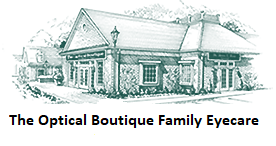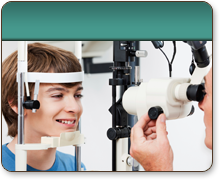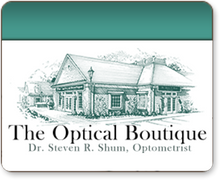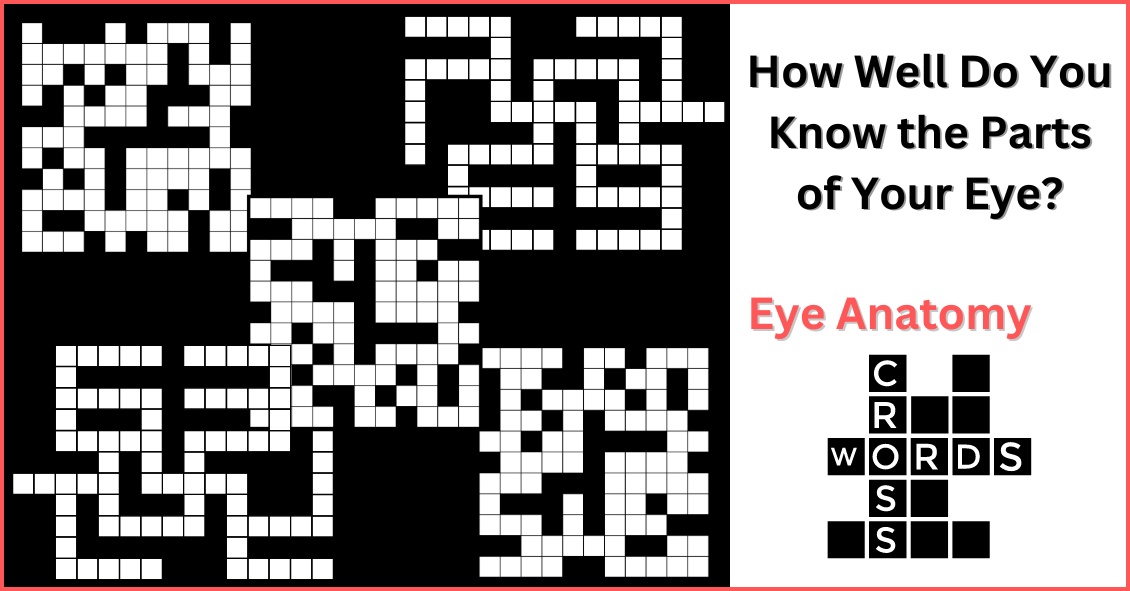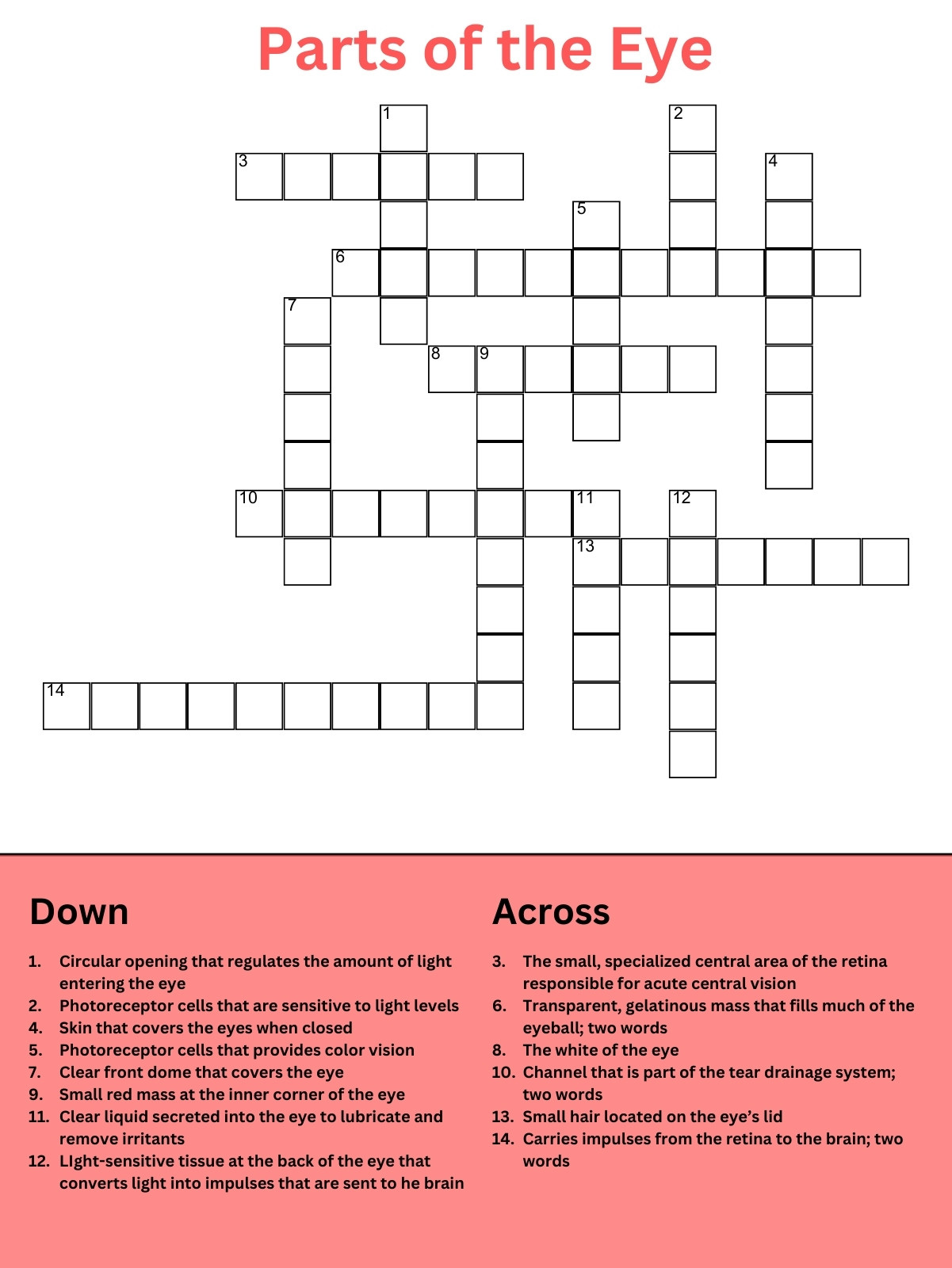"As Eye SEE It" --- Fall Allergies
If you're a native of Memphis, you know that fall means allergies. According to an article in USA Today, Memphis once again ranks in the top five worst cities for fall allergies. This is mostly due to a high concentration of ragweed pollen in our air. Along with sinus and nasal problems, our eyes can respond to these allergies. Itching, redness and watering are some of the most common symptoms of ocular allergies. Many patients believe that their allergies are just part of living in this area and that they should just "deal with it". However, there are several treatment options available that can provide relief for ocular allergy sufferers.
Treatment for ocular allergies varies according to patient symptoms and severity of the allergic response. In general, there are three main treatments for ocular allergies:
1) Oral Antihistamines - This group includes drugs like Benadryl, Allegra and Claritin. These medications are especially useful for relieving nasal and sinus symptoms. Yet, they are not always as effective against eye symptoms.
2) Topical Antihistamines - This group has become my go-to treatment for ocular allergies. It includes drugs like Pataday, Lastacaft and Bepreve. Most of these medications offer itch relief within 5-10 minutes of instilling the drop. In addition, if used regularly, they can prevent itching from occuring before it starts.
3) Topical Steroids - Steroids are a class of anti-inflammatory medications. They can relieve symptoms of inflammation due to allergies. They are an excellent option for patients experiencing severe ocular allergies.
Refuse to believe that seasonal ocular allergies are just part of life as a Memphian. Relief is available! Make an appointment and we'll discuss the best way to relieve your allergy symptoms.
